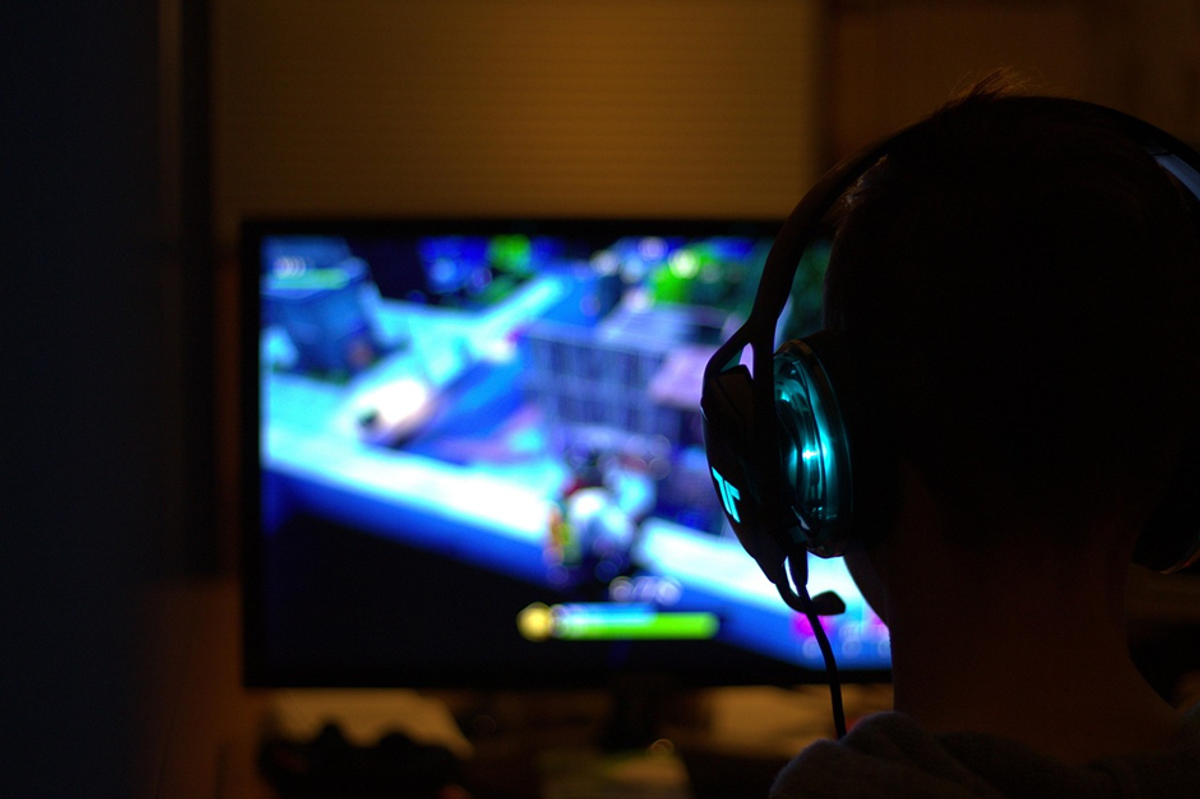From the Director of Strategic Initiatives

Entertainment or Engagement: Helping Students Stay in the Grind of Learning
While sitting with 6 students at lunch on Tuesday I was asked ‘why can’t we use our phones for work in class?’ It was asked in frustration by a Year 9 student, with a general sense of questioning, not a spirit of complaint or argument. This person wanted to know why, if phones help them learn, are they not allowed in class. My response was simply, phones overall will not help you learn.
I should point out also, the reason I was sitting with them at lunch was because they had their phones out in the playground or class, and thus the lunchtime inside with a teacher.
In contemporary classrooms (and BMGS is no exception) educators face the increasingly complex challenge of sustaining meaningful engagement among students who are more accustomed to being entertained than instructed. The omnipresence of smartphones, video games, and digital media has transformed the way young people allocate their attention, often at the expense of sustained focus and deep learning. Teachers have known this anecdotally for some time, but recent research offers insights on what this means for students and teachers.
The American Psychological Association’s (APA) podcast Speaking of Psychology: Why Our Attention Spans Are Shrinking, highlights striking data about the decline of digital attention over the last 20 years:
In 2004, the average duration of screen-based attention was approximately two and a half minutes. By 2012, it had fallen to about 75 seconds, and in recent years the figure has averaged a mere 47 seconds with a median of around 40 seconds. Obviously, these findings reveal a fundamental shift: learners are now conditioned for rapid engagement cycles and quick rewards, rather than extended periods of concentration. So when teachers ask students to read a chapter of a book, summarise a passage of text or similar tasks, it is no surprise that students find this harder than what we think it should be.
This shift is closely linked to the digital environments that dominate young people’s lives. Gaming is an obvious example that offers highly stimulating, interactive experiences with immediate feedback and frequent rewards. Games are now very social and there are opportunities to interact with friends without the need to be in the same space. Similarly, mobile devices and social media platforms encourage users to switch rapidly between applications, notifications, and streams of content. Podcast guest, Dr Gloria Mark’s research indicates that this habitual ‘task switching’ carries significant cognitive costs, including increased stress levels, a higher rate of errors, and reduced efficiency.
Beyond gaming and smartphones, the wider digital ecosystem compounds the problem. Students are continuously exposed to distractions from streaming services, social media, messaging platforms, and constant connectivity, all of which are competing for their limited attention. As a result, many expect educational experiences to mirror the immediacy and entertainment value of the digital spaces they inhabit. Educators, therefore, must address two related challenges: initially capturing attention, and subsequently maintaining it long enough for meaningful learning to occur.
As teachers, it is essential to distinguish between entertainment and engagement and not be sucked into pseudo-educational games or programs. Entertainment offers immediate gratification through novelty, speed, and high sensory stimulation. Genuine engagement, by contrast, requires effort, patience, and sustained mental investment. Dr Mark identifies several forms of attention, including “focused attention,” which arises when an individual is both challenged and deeply involved, and “rote activity,” which occurs when engagement is present but minimal cognitive effort is required, such as when scrolling through social media or playing a simple game. Many classroom activities are trying to bridge this divide, competing with entertainment-rich environments while still fostering deeper cognitive engagement. This is however, a tricky line to walk.
As parents and as a school, we certainly cannot afford to allow loose ‘educational’ games and activities to pass as quality teaching and learning. I do not disagree that activities like Scratch and Mathletics have a place, but it is not unfettered and unmonitored and while students may not necessarily enjoy deeper learning tasks we need to push back against the tide, lest we risk students having the learning skills, cognition and foundations as they move through life.
Ultimately, the contemporary classroom sits at the intersection of two competing forces: the entertainment-driven habits shaped by digital culture and the enduring educational imperative for depth, persistence, and reflection. Acknowledging the measurable decline in attention spans is a crucial first step. The next is to adapt teaching practices thoughtfully, embracing innovation, fostering metacognitive skill, and designing learning experiences that both engage and challenge. By doing so, educators can help bridge the widening gap between the desire to be entertained and the capacity to engage, nurturing students who not only pay attention but learn how to sustain it.
In the meantime, good luck to parents as they wrestle with the challenges of technology at home, and to the teachers as they try to do their best work in competition with the glitz, glamour and sounds of technology.
The APA podcast is available through regular channels as well as here: https://www.apa.org/news/podcasts/speaking-of-psychology/attention-spans
Christopher Sanders
Director of Strategic Initiatives
